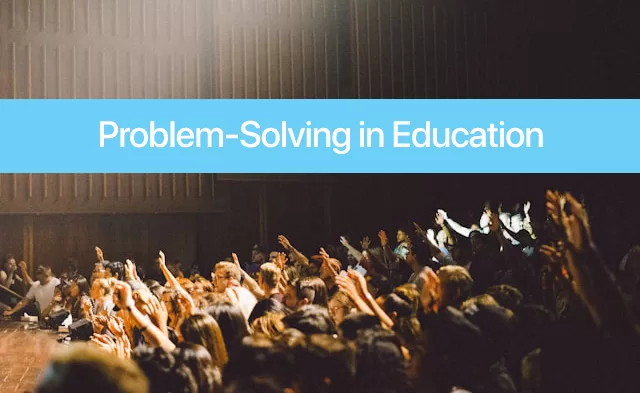Education’s primary goal extends beyond mere information delivery; it is also about equipping students with skills that will enable them to navigate life successfully.
One such essential skill is problem-solving. By fostering problem-solving abilities in education, we cultivate critical thinkers capable of overcoming challenges with creativity, ingenuity, and resilience.
This article sheds light on the importance of problem-solving in education and how it serves as a cornerstone for cultivating critical thinkers.
Table of Contents
Problem-Solving: A Vital Component of Education
Problem-solving is a multifaceted skill that involves identifying and understanding problems, generating possible solutions, selecting the most suitable one, implementing it, and evaluating the outcome.
In an educational setting, problem-solving helps students develop a range of skills such as critical thinking, creativity, resilience, and decision-making.
It equips them to deal with complex, real-world problems that they’ll encounter outside the classroom.

Benefits of Problem-Solving in Education
- Promotes Critical Thinking: Problem-solving encourages students to analyze problems, evaluate potential solutions, and make informed decisions. This process enhances their critical thinking skills.
- Boosts Creativity: When solving problems, students often need to think outside the box and come up with innovative solutions. This process boosts creativity.
- Fosters Resilience: Problem-solving isn’t always straightforward; it often involves overcoming obstacles and learning from failures. This process helps foster resilience.
- Improves Collaboration: Many educational problem-solving activities involve teamwork, promoting collaboration, communication, and interpersonal skills among students.
- Prepares for Real-world Challenges: Problem-solving provides students with a practical skill that they will use throughout their lives. It prepares them for real-world challenges, making them capable and confident problem solvers.
Integrating Problem-Solving in Education: Practical Strategies
- Project-Based Learning: Projects that require students to solve a problem or achieve a goal can help enhance their problem-solving skills. These projects could be individual or group tasks.
- Critical Thinking Exercises: Activities that challenge students to analyze scenarios, interpret data, or make decisions can foster problem-solving skills.
- Real-world Problem-solving: Integrating real-world problems into the curriculum can make learning more relevant and engaging. It also allows students to apply their knowledge and problem-solving skills in a practical context.
- Teach Problem-Solving Steps: Explicitly teaching the steps of problem-solving can equip students with a reliable approach to tackling problems. This might involve identifying the problem, exploring possible solutions, selecting the best solution, implementing it, and reviewing the results.
- Encourage Reflection: After solving a problem, encourage students to reflect on the process. What worked? What didn’t? What could they do differently next time? Reflection can enhance learning and improve future problem-solving efforts.
Conclusion
Problem-solving holds a crucial place in education, laying the foundation for a generation of critical thinkers, innovators, and resilient individuals.
By integrating problem-solving into education, we’re not just teaching students about the world, but we’re also equipping them with the skills to change it.
As educators, our role isn’t just to teach but to empower our students with the tools they need to navigate the challenges of life successfully.


0 Comments